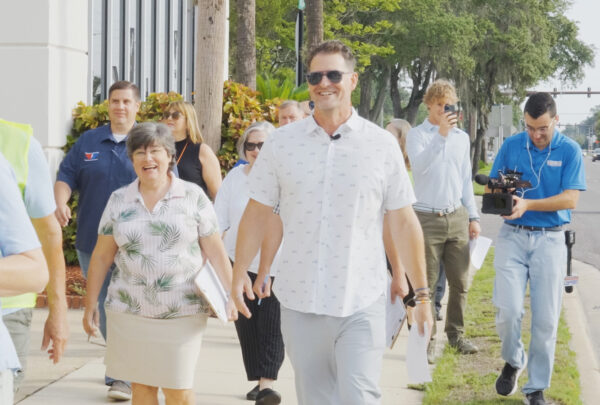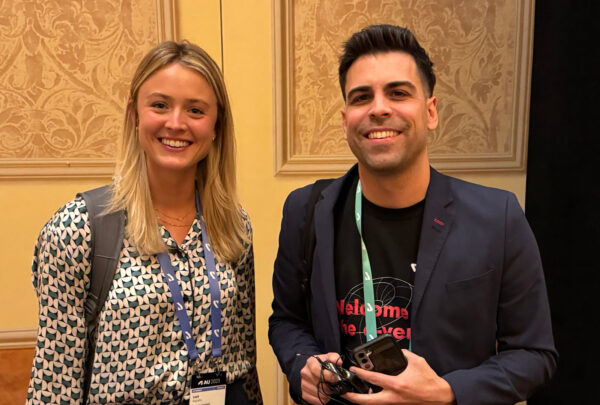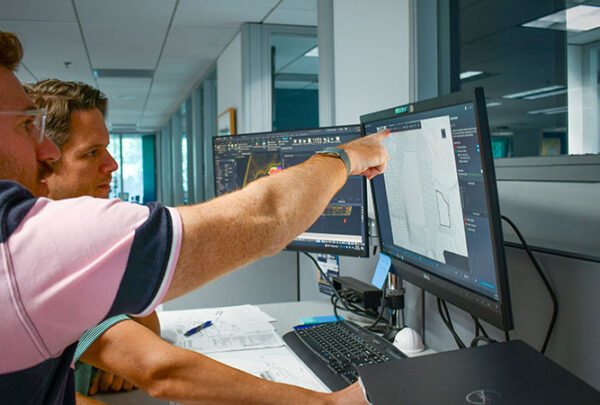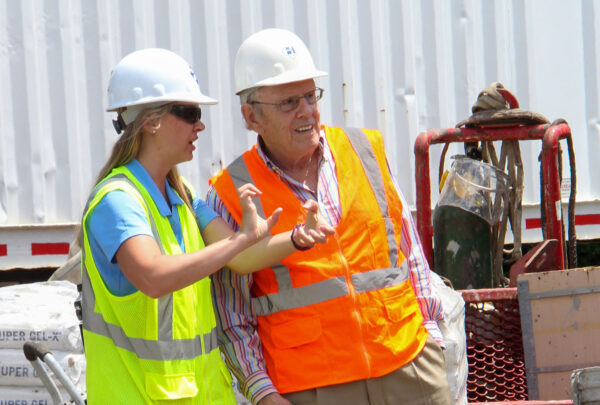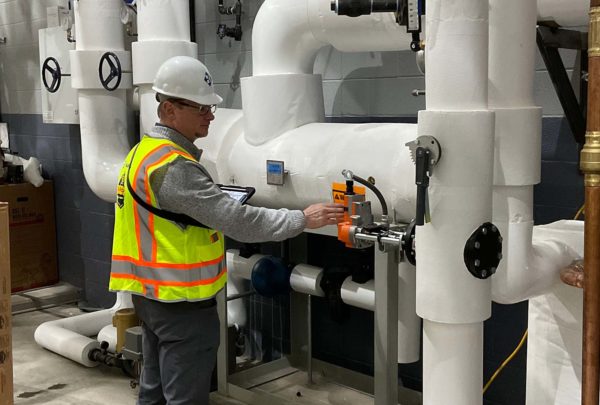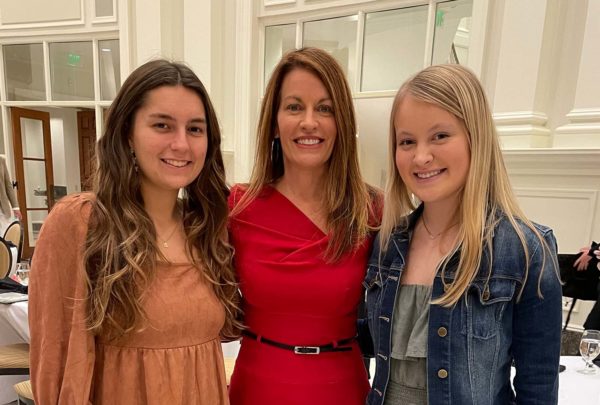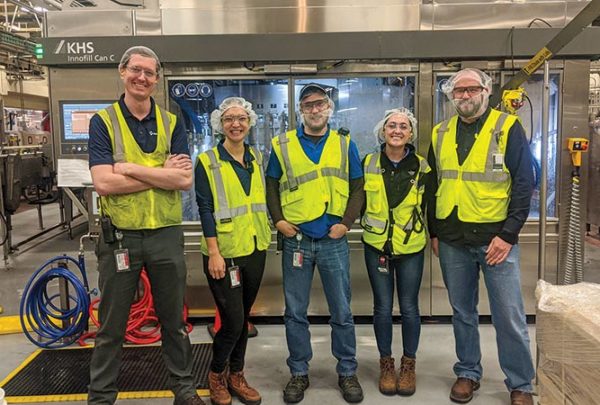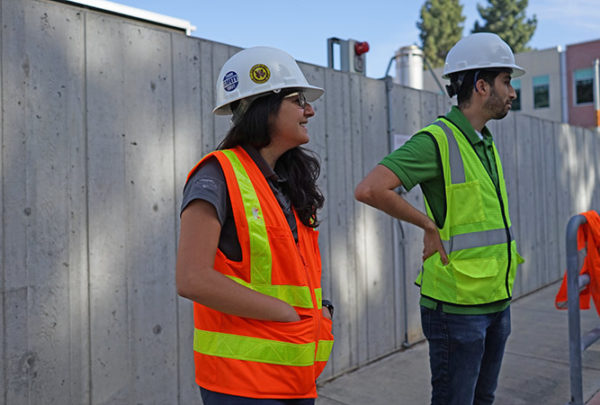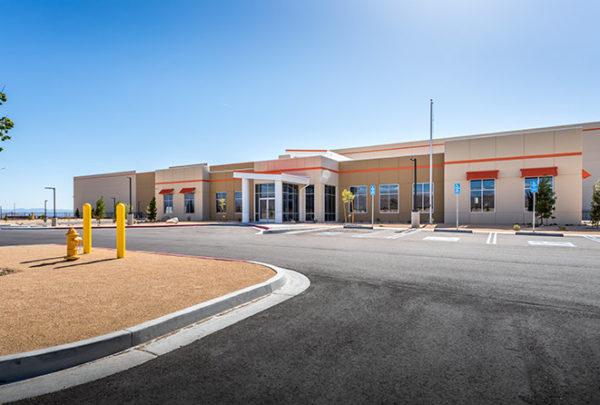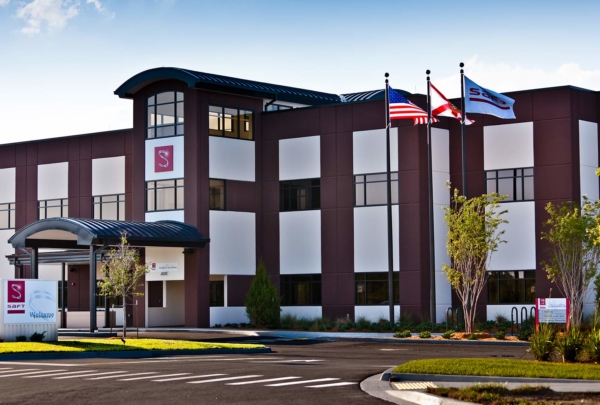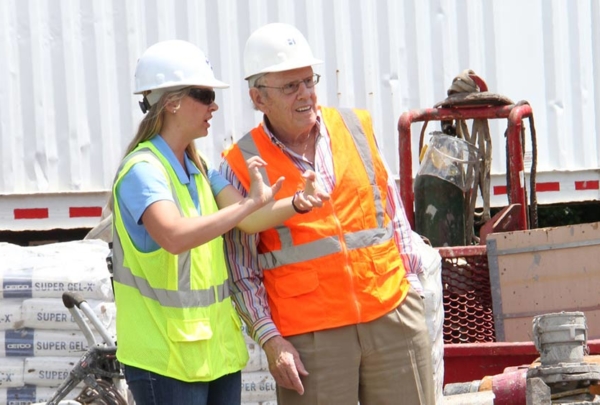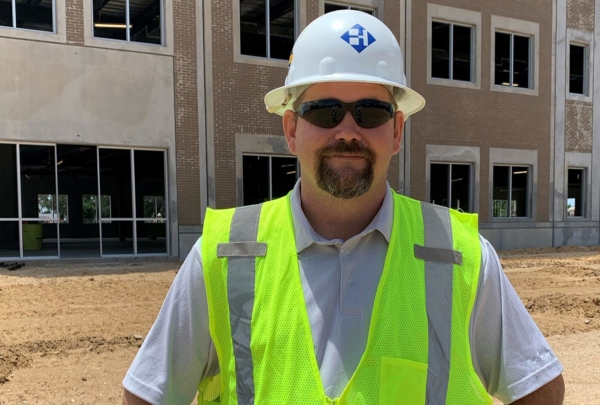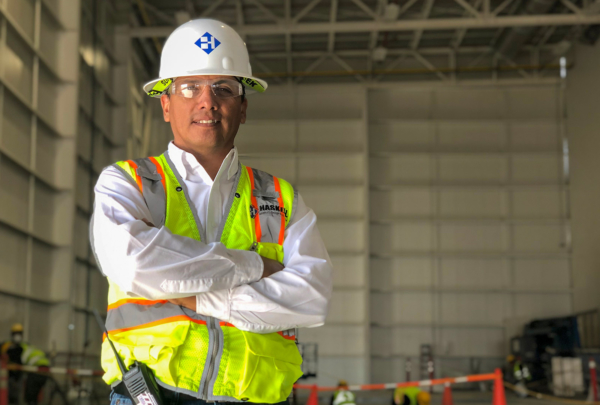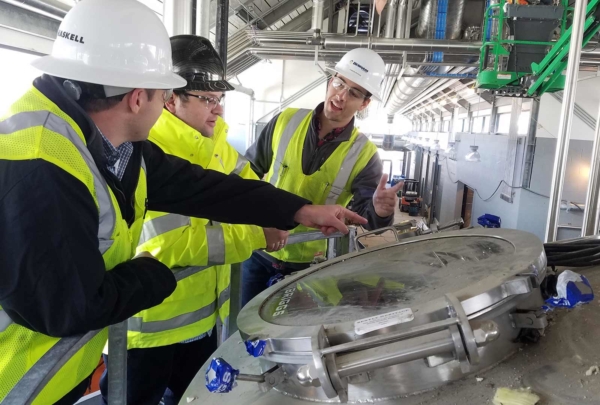Haskell structural engineers Mary Shinners and John O’Brien will present topics of great personal interest as the National Council of Structural Engineer Associations holds its annual summit this week in New York City.
The NCSEA Structural Engineering Summit is an occasion when the professional community gathers to network, learn and celebrate the successes and newest technological advances. It offers in-person and online engagement with specially planned educational opportunities and an industry-leading trade show. The event was postponed from the fall because of COVID-19 restrictions.
“It’s an honor the attend the conference and present to the leading structural engineers in the nation,” Shinners said. “I’m looking forward to discussing something I’m so passionate about.”
O’Brien is a Senior Structural Engineer in Haskell’s Infrastructure & Transportation (I&T) Group and is discussing “ASCE 7-22 Tornado Load Provisions.” Shinners, a Structural Project Engineer in the Consumer Packaged Goods (CPG) Group, is addressing “Leveraging BIM & Technology for Structural Design.”
Tornado load provisions are a new addition to the American Society of Civil Engineers (ASCE) 7-22 design loads standard, and O’Brien, a University of South Carolina graduate with more than 15 years of structural design experience, is presenting information on tornado risk used to develop the new Chapter 32 provisions and when practitioners need to consider tornado loads in design.
He has investigated hurricane and tornado damage to structures throughout the Southeast, Puerto Rico and the U.S. Virgin Islands and is a voting member of NCSEA’s Wind Engineering Committee and the ASCE 7 Winds Load Subcommittee.
As a teenager, he developed his interest in destructive winds when Category 5 Hurricane Andrew passed through just south of his native Miami in 1992 as the most damaging storm in Florida history.
“I recall the storm severely damaging the building we were staying in to get out of the storm,” O’Brien said. “Reading about the storm in the newspaper and all the engineers weighing in on how to sustain buildings piqued my interest.”
O’Brien will carry that interest forward with his presentation, using an example of a Nashville, Tenn., building where uplift forces on a moderate size building’s roof were increased by 90 percent to sustain any type of tornadic activity.
“Determining tornado loads and introducing design provision to improve resiliency when impacted by a tornado is vital information, primarily for structures in the Midwest and ‘Tornado Alley,’” said O’Brien, who also presented at the gathering in 2020. “I am very honored the speak to these new guidelines that are hot off the press and so pleased to be a part of these structural engineering organizations.”
Shinners, a Georgia Tech graduate with six years of structural engineering experience, began her work at Haskell in summer 2021 just as she was asked to present at NCSEA. Throughout her career, she has been engaged in projects across the hospitality, senior living, mixed-use residential, education and industrial project sectors.
Her presentation focuses on the wide range of software and technology structural engineers use to perform design calculations and produce construction documents and covers the multitude of ways they can leverage Building Information Modeling (BIM) and other commonly used technologies to produce high-quality designs more efficiently.
Shinners said her interest grew out of her first job after graduate school, when she interacted with engineers responsible for most of their own drafting and comingled the drafting and software capabilities.
“More projects use BIM now than ever before, especially in the last five years,” Shinners said. “What I hope to convey is ways we can use all of the technology we currently use in a different way than usual and the capabilities of what we have in hand. There are so many little ways to help develop individual projects, particularly when there are complicated projects that are larger in scale.”
Engage with Haskell’s subject matter experts on topics from across the architectural, Engineering and construction spectrum. Contact them to discuss your facilities needs.


